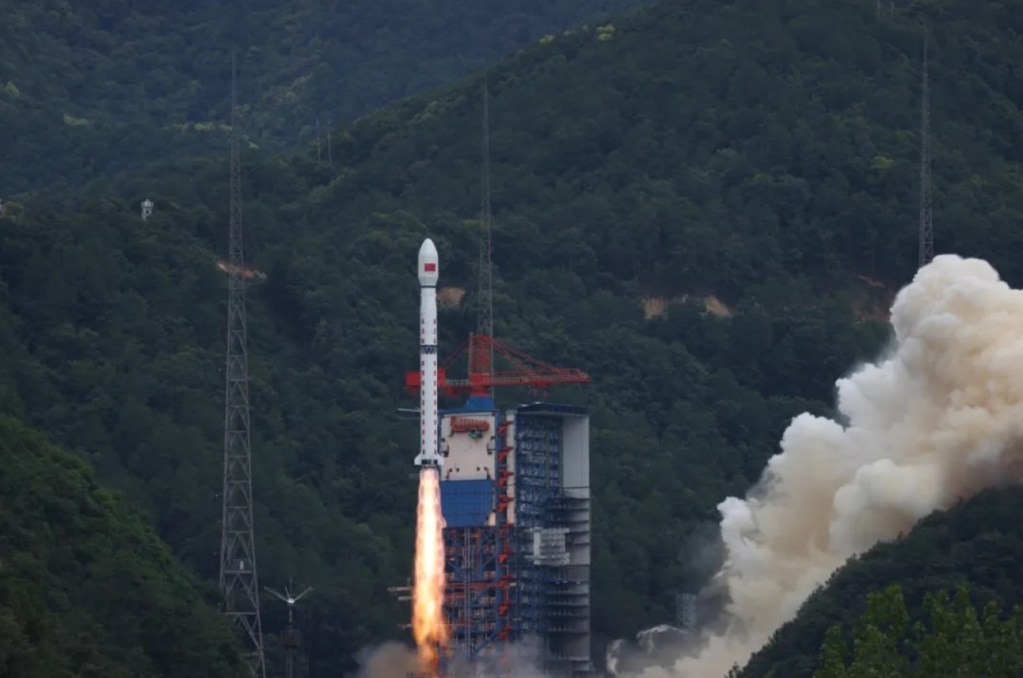
A recently launched Chinese satellite, known as the Shiyan, has entered a low-inclination orbit that has not been previously utilized by the country. This unexpected development follows a week-long delay in detection and has raised questions regarding the satellite’s mission. Observers are keen to understand the implications of this new trajectory for China’s space ambitions.
Details of the Launch and Orbit
The Shiyan satellite was deployed as part of China’s ongoing efforts to advance its technological capabilities in space. The new orbit position is notable for its low inclination, which suggests a different operational approach compared to previous missions. While the exact purpose of this satellite remains unclear, analysts speculate it could be linked to experimental applications in various fields, including communications and earth observation.
Prior to its detection, uncertainty surrounded the satellite’s mission and capabilities. The delay in confirming its orbital position has sparked interest among space analysts and enthusiasts alike, prompting discussions about the potential objectives behind this launch. As China continues to expand its presence in space, each mission adds another layer to the complexity of global space dynamics.
Implications of the New Orbit
The utilization of a low-inclination orbit could indicate a strategic shift for China’s satellite deployment strategies. Traditionally, satellites in similar orbits are employed for specific tasks that require close tracking of particular regions on Earth. This could enhance China’s ability to monitor and respond to various situations, both domestically and internationally.
Experts are analyzing the potential impacts of this advancement on global space policies, particularly as nations vie for dominance in satellite technology. The Shiyan satellite could serve as a critical asset in China’s efforts to gather data and provide services that could have far-reaching effects.
As the situation develops, the international community will be observing closely to assess how this new capability might influence the balance of power in space. The emergence of the Shiyan satellite in an unconventional orbit is a reminder of the rapid pace of advancements in space technology and the evolving landscape of international space exploration.
For those interested in staying updated on developments in space technology, further information will be available in upcoming reports and analyses. The global implications of China’s evolving satellite capabilities will continue to be a topic of significant interest in the coming months.






